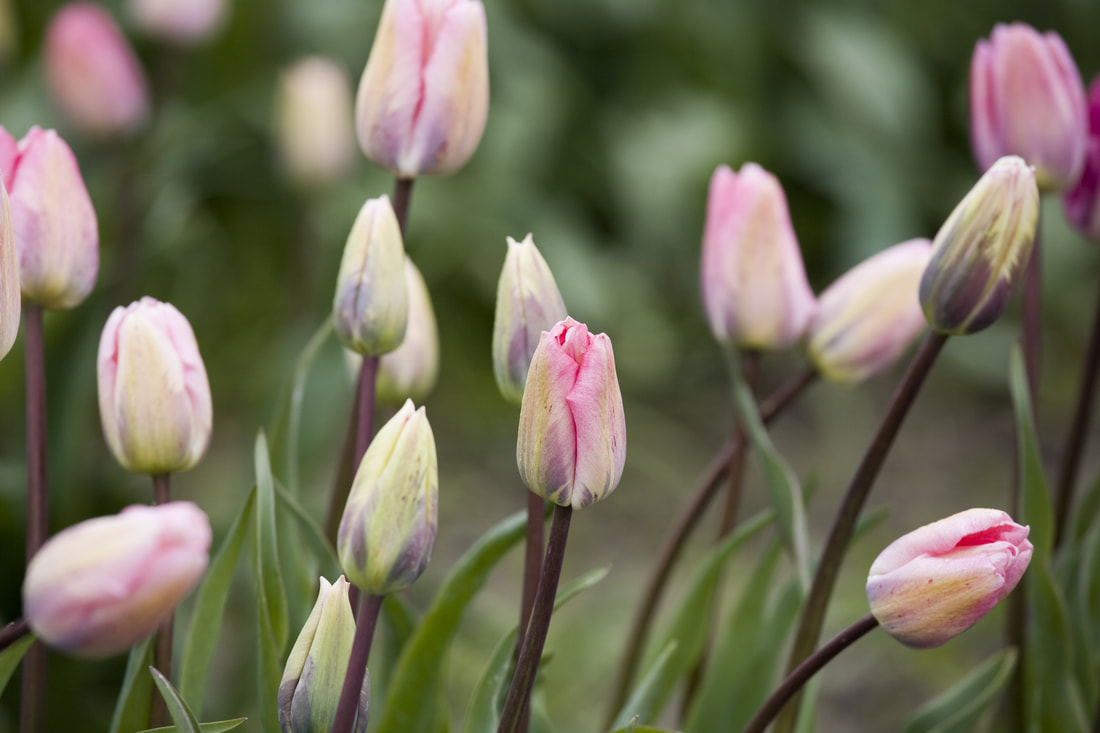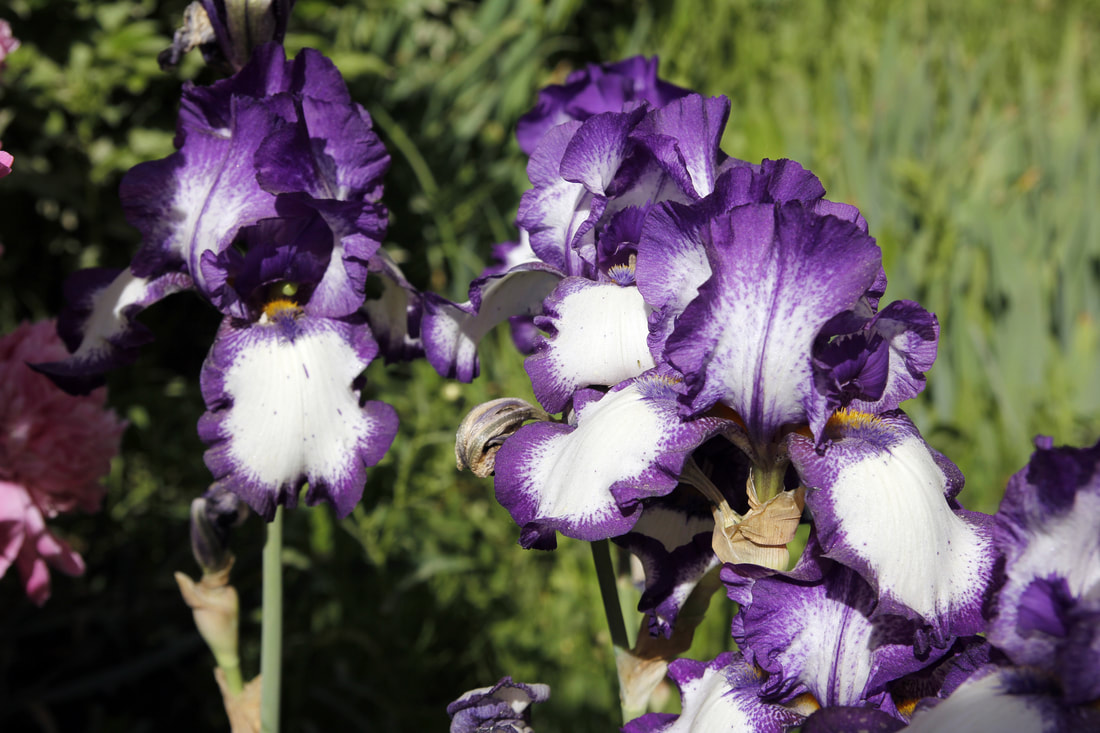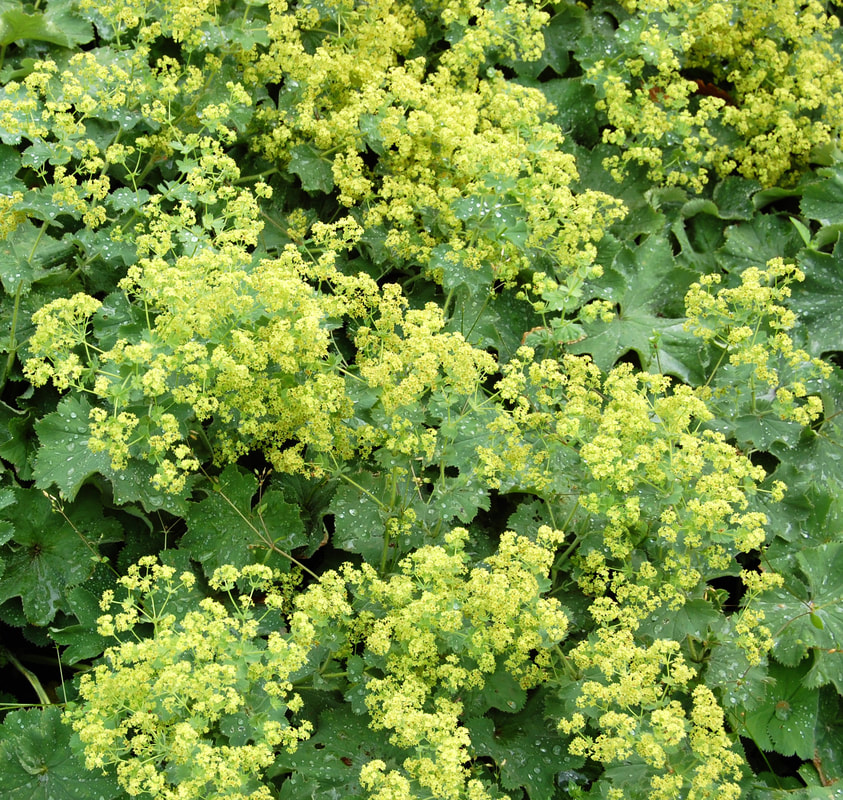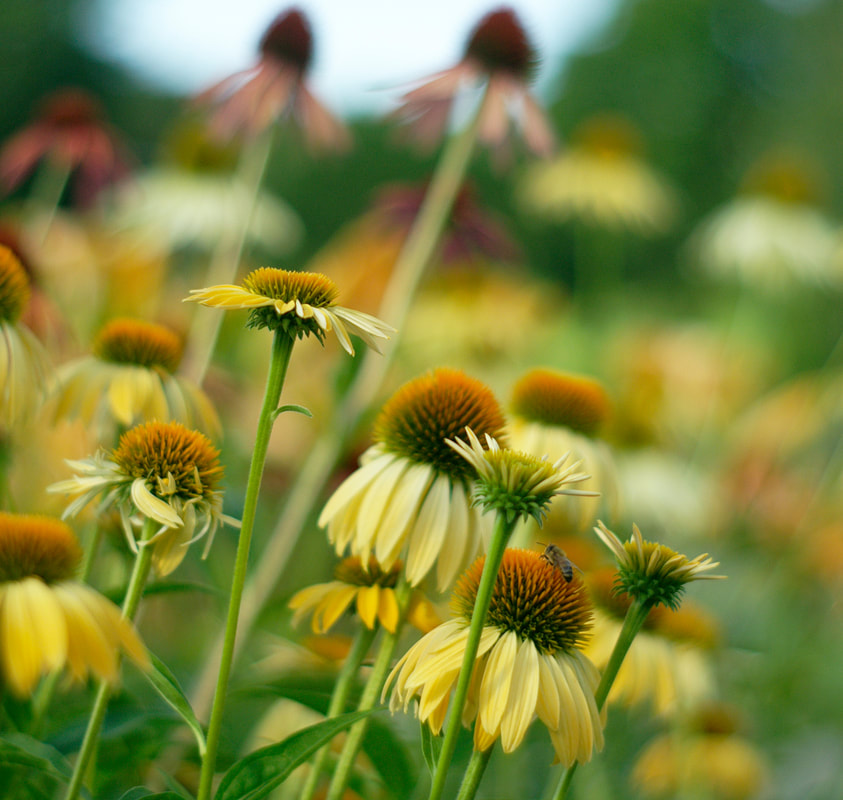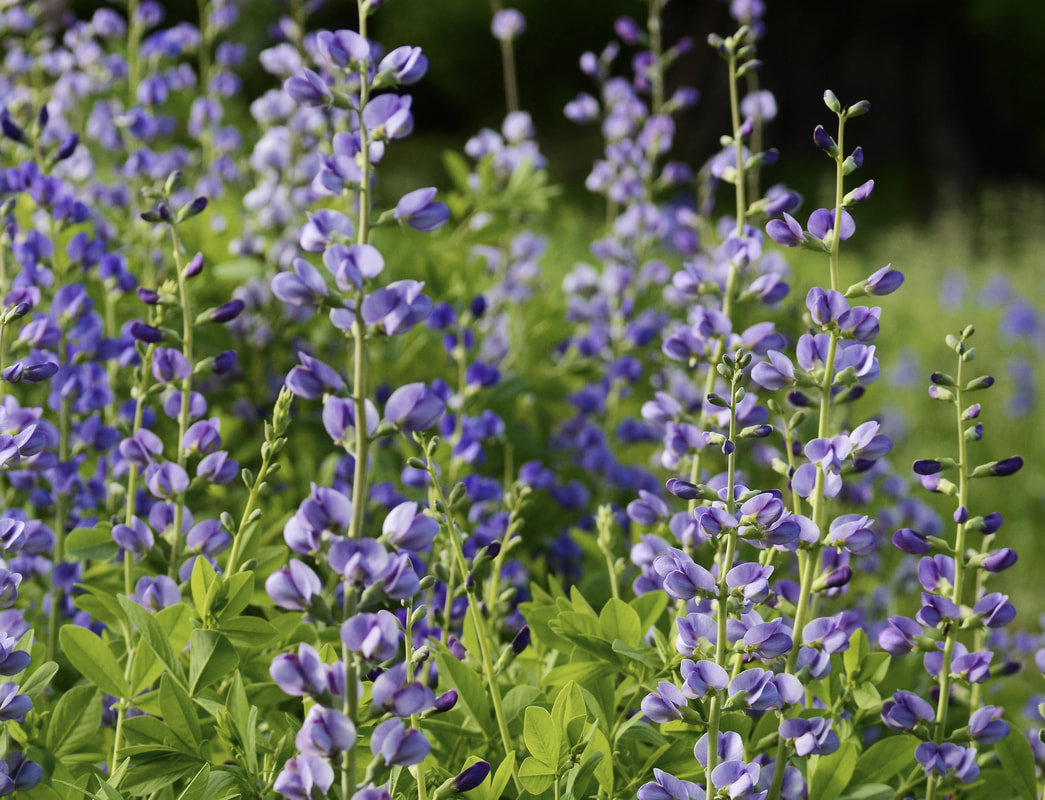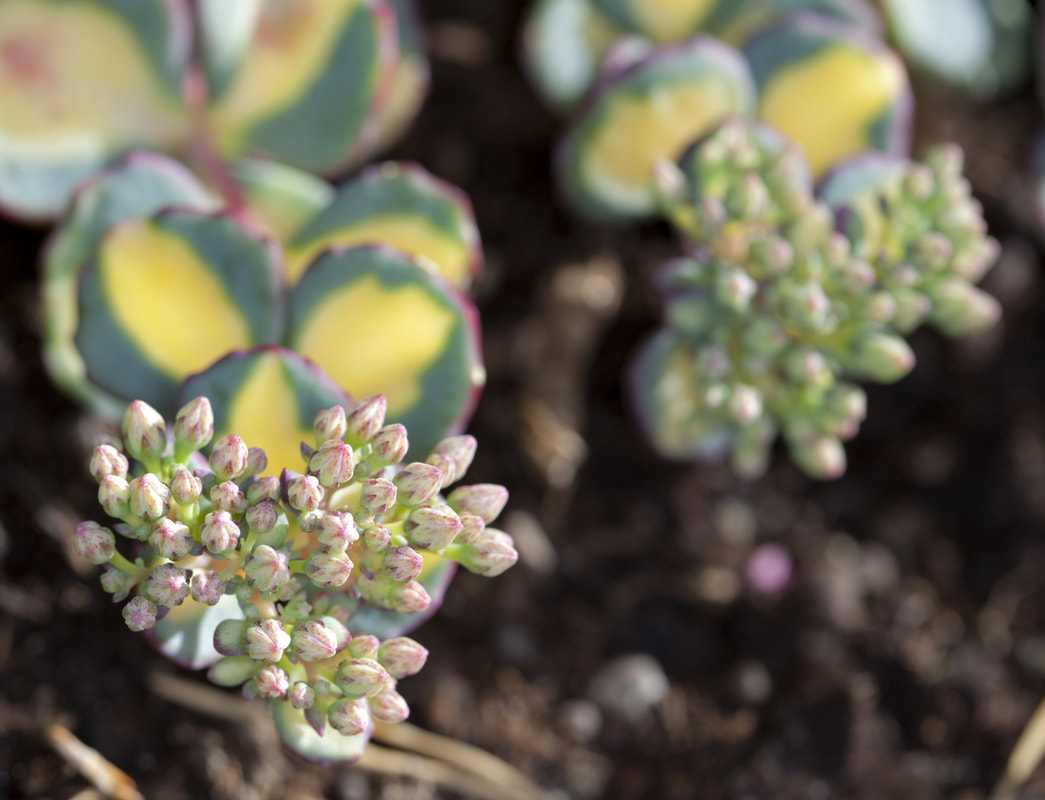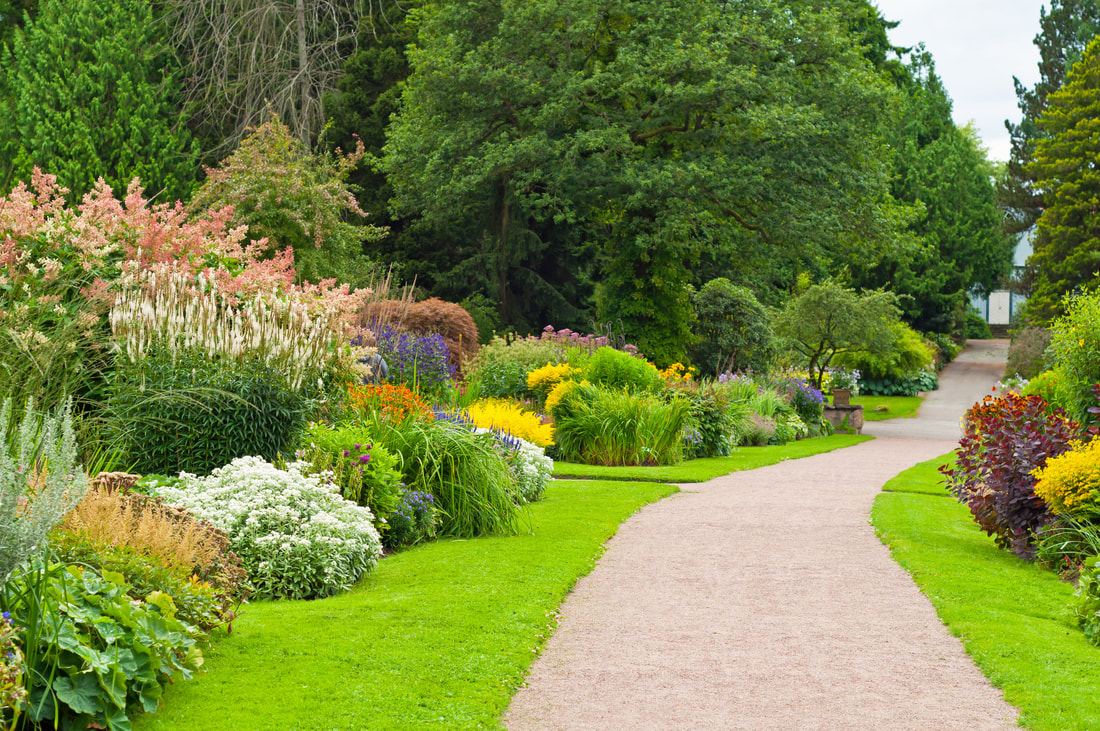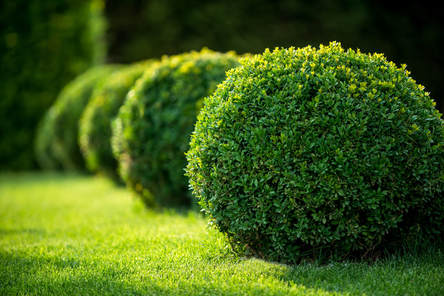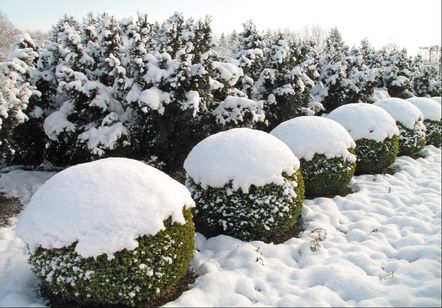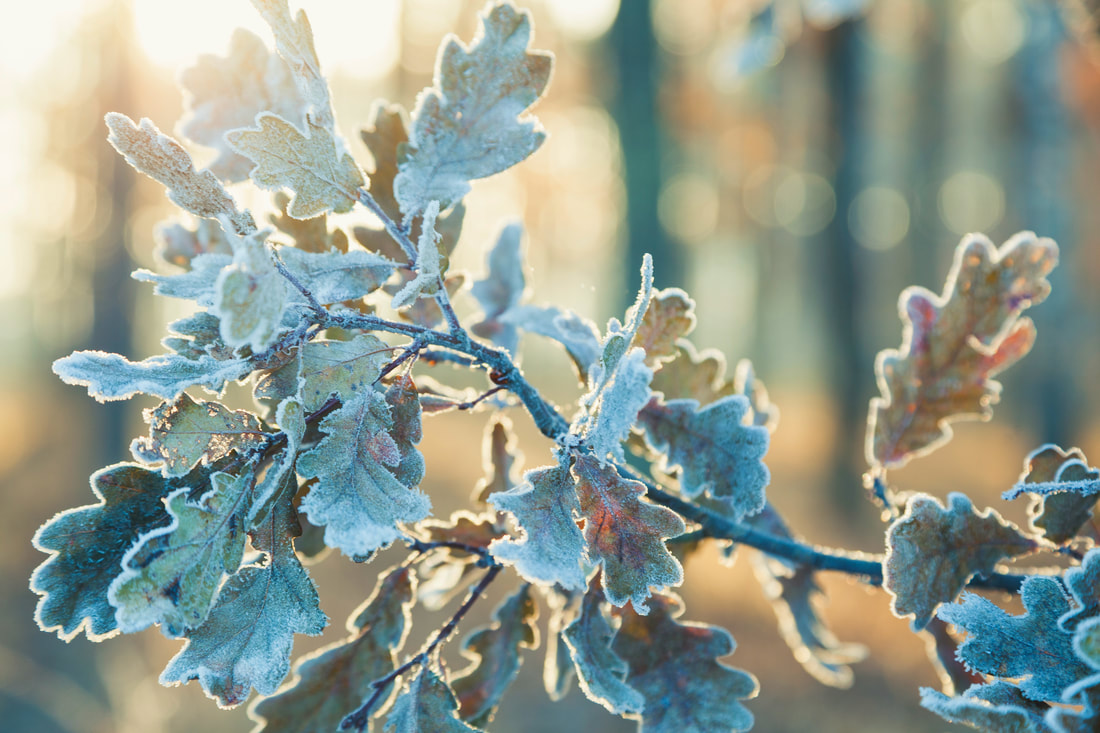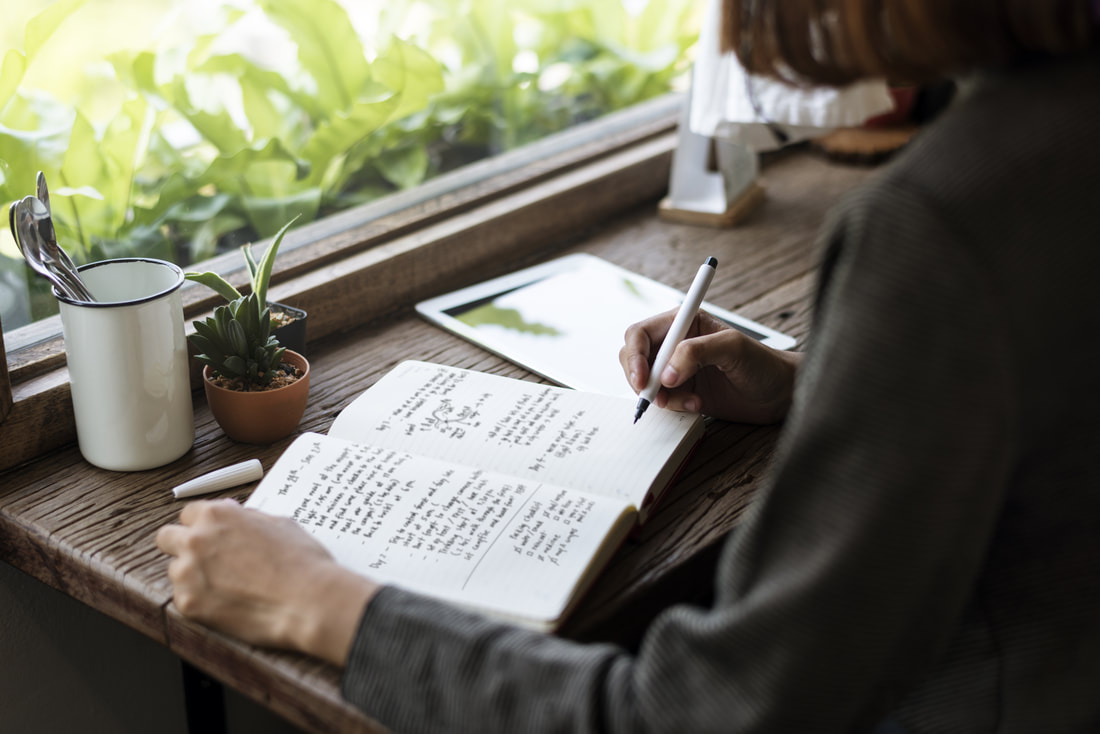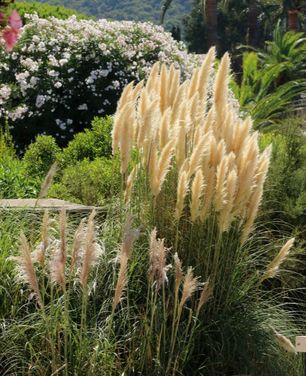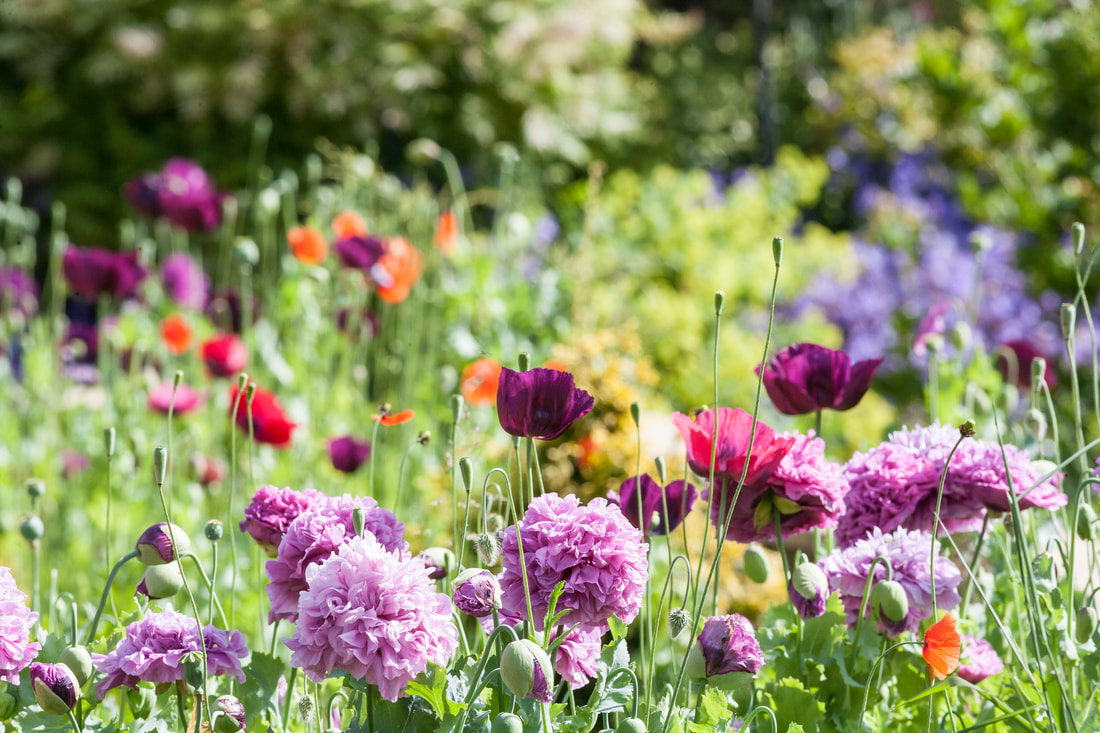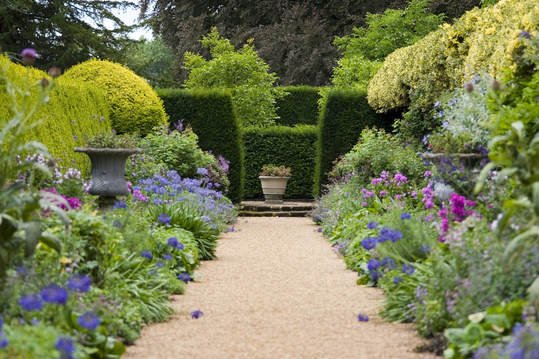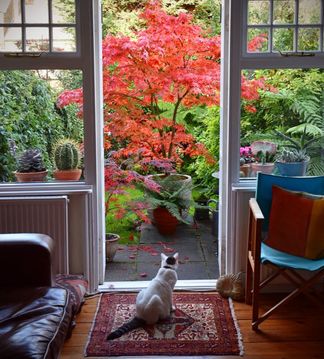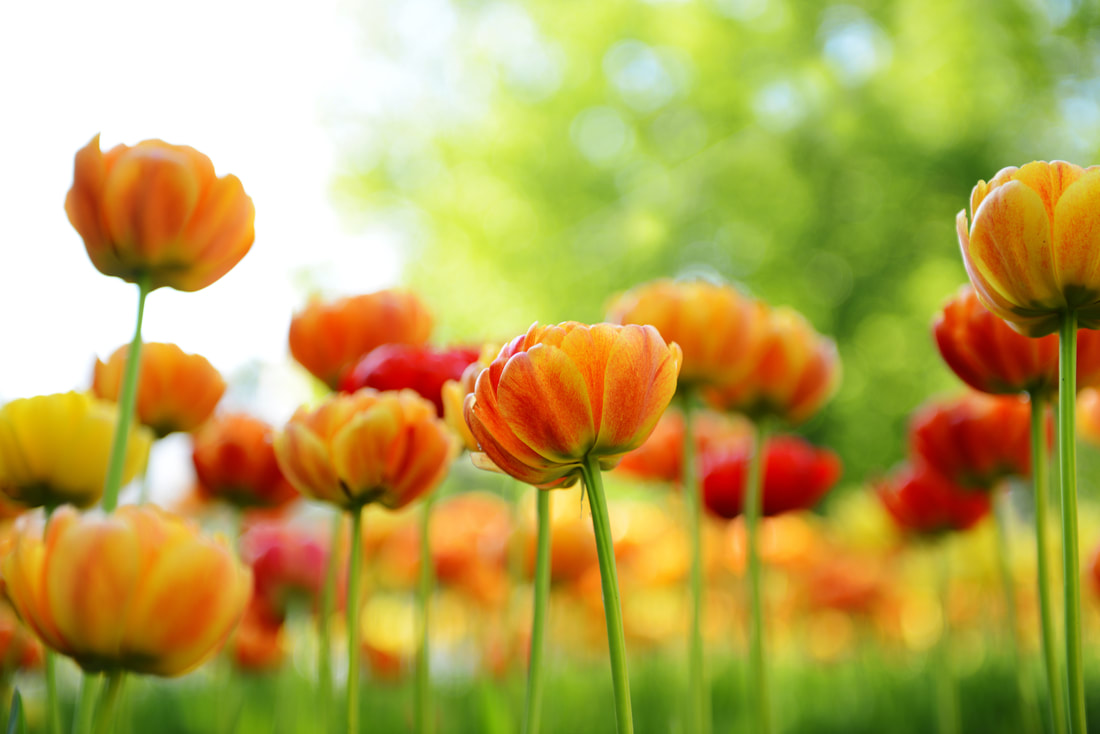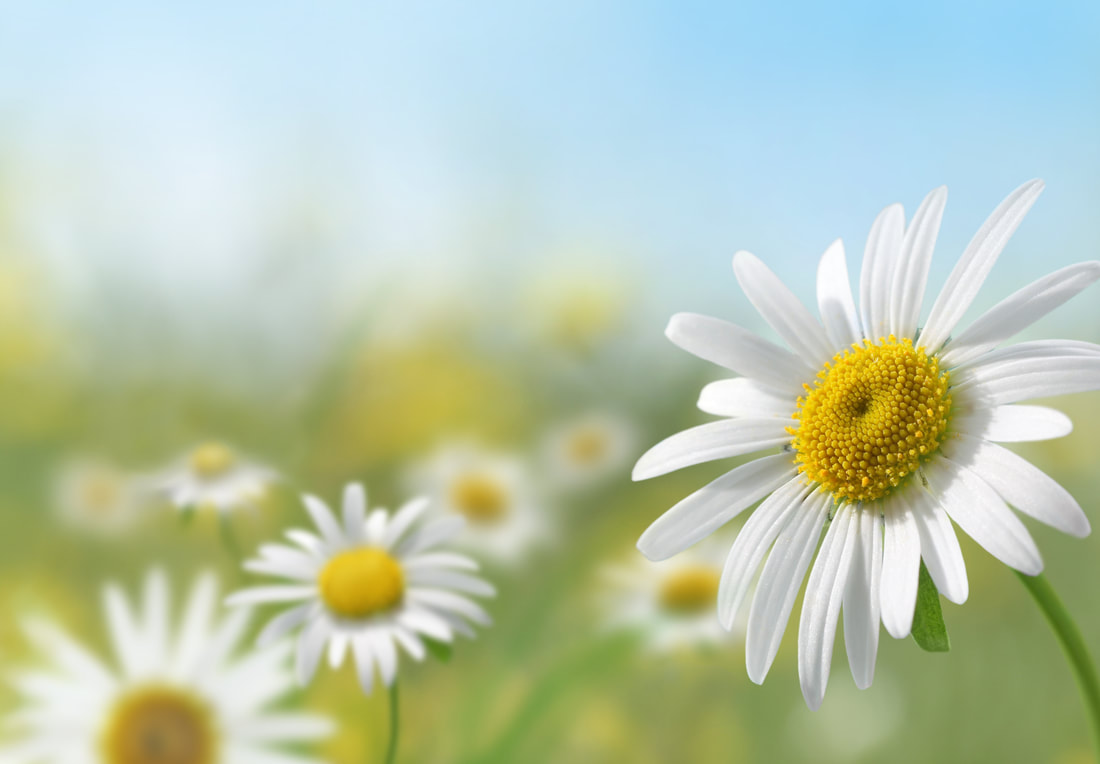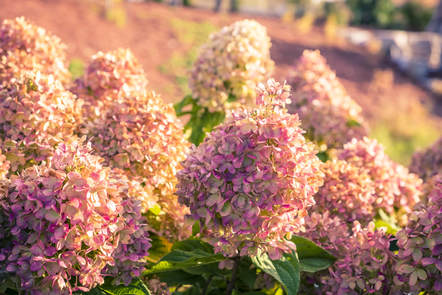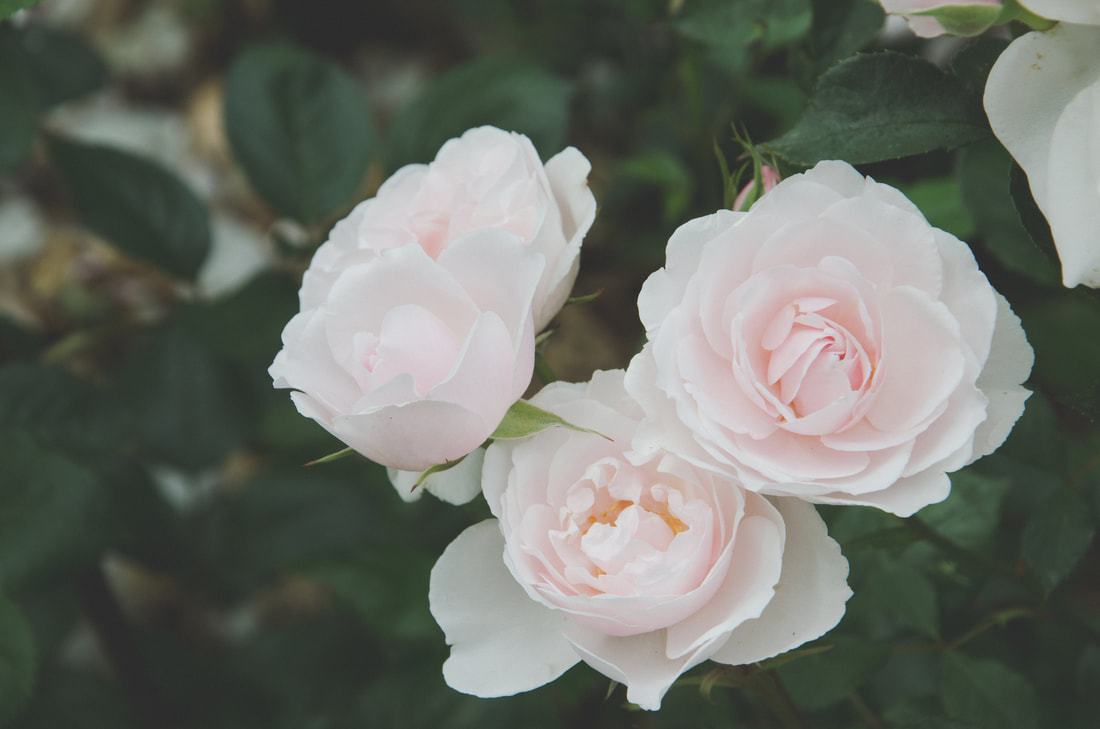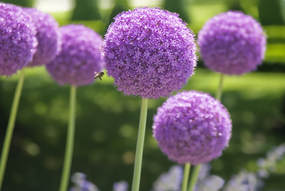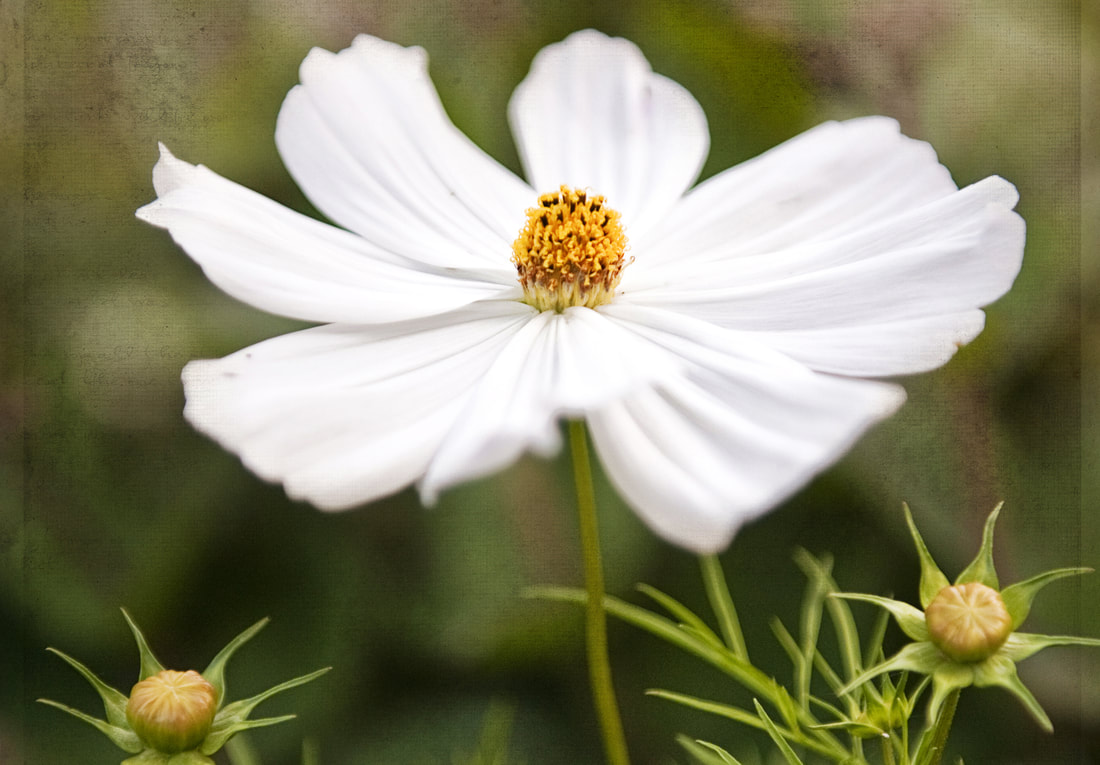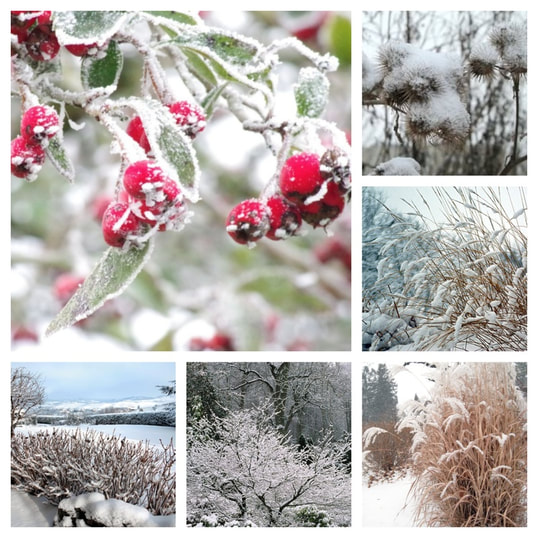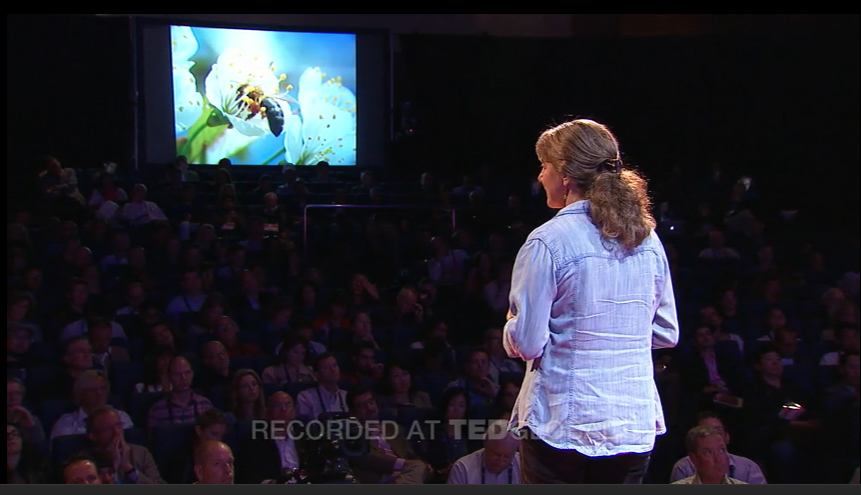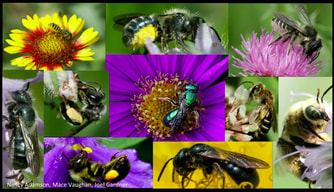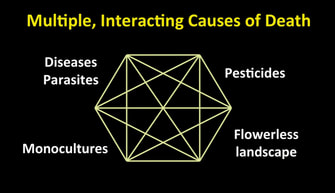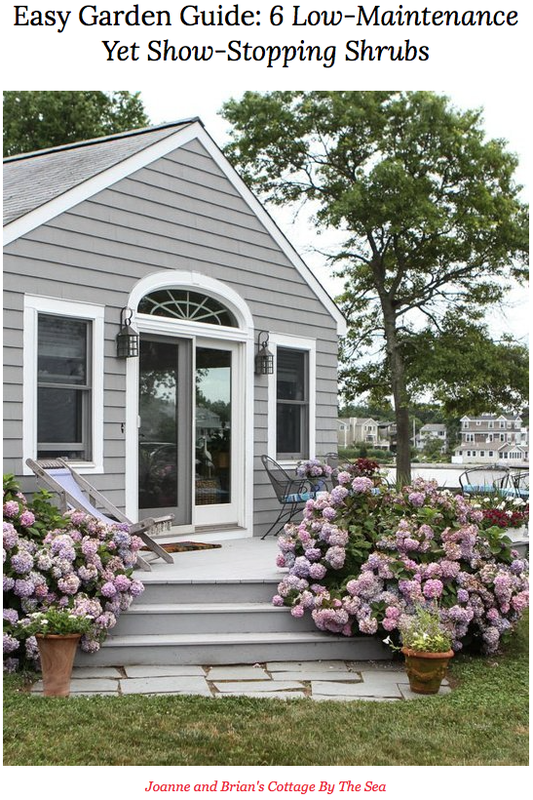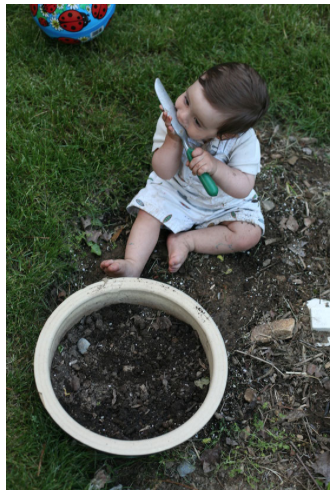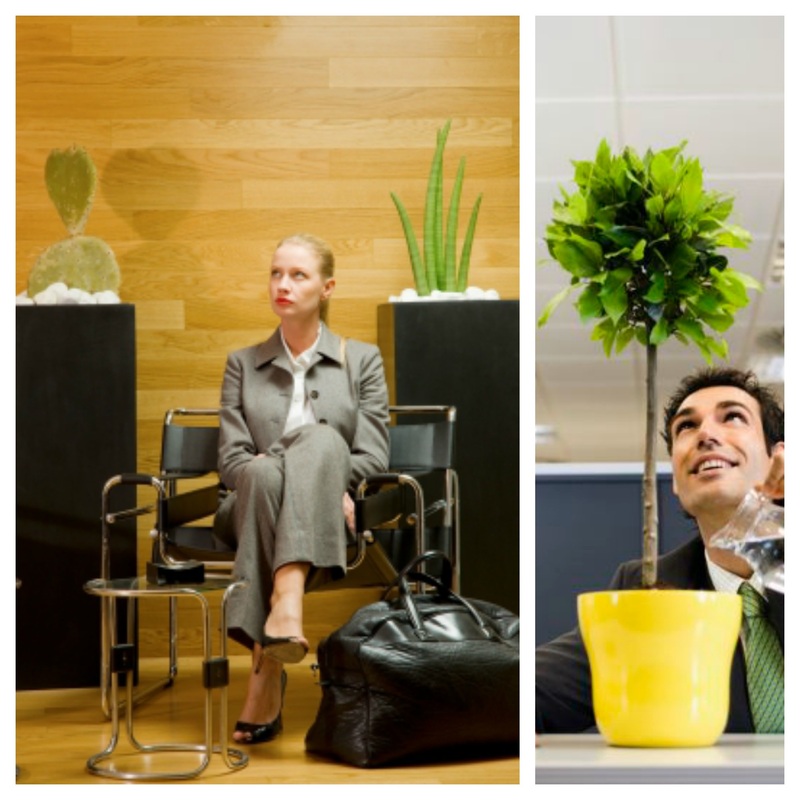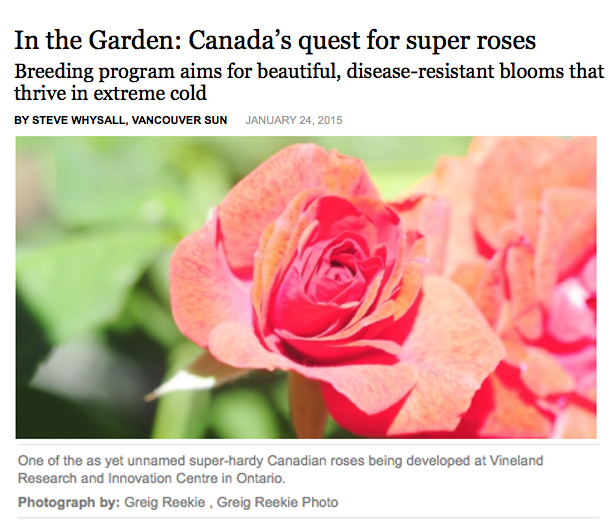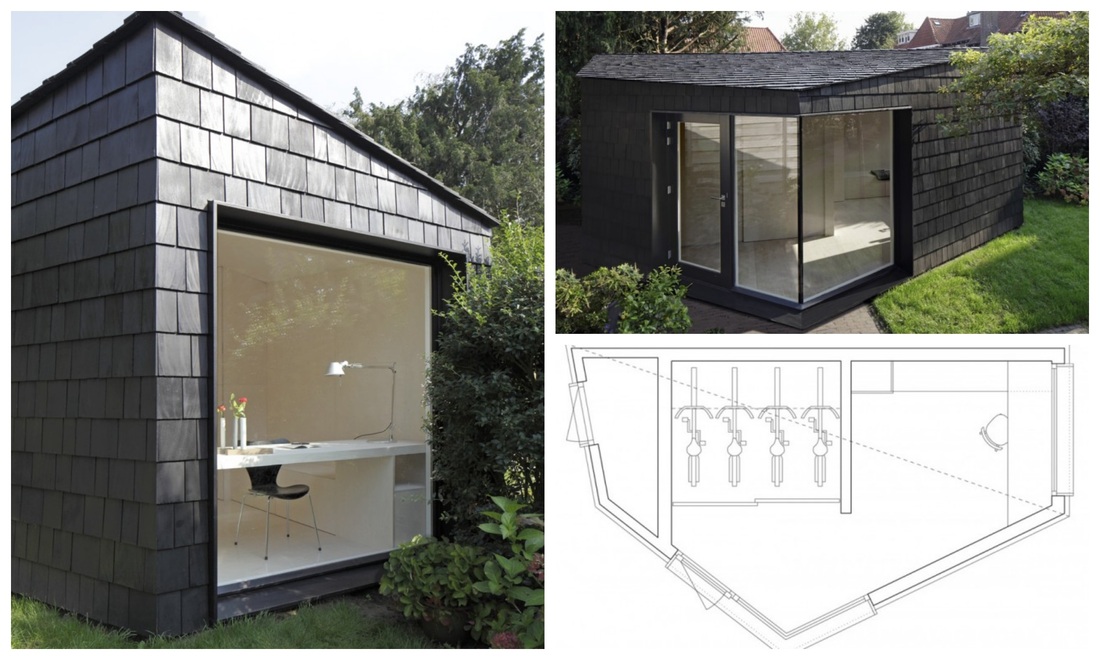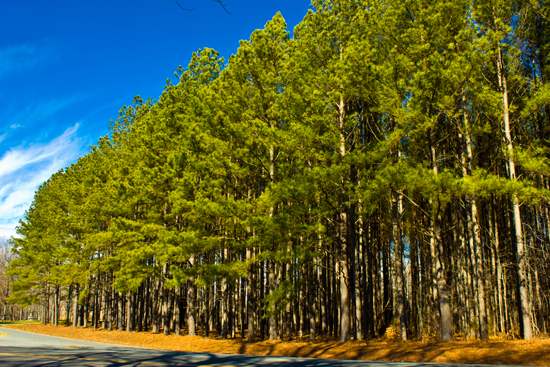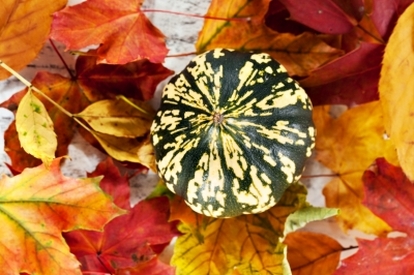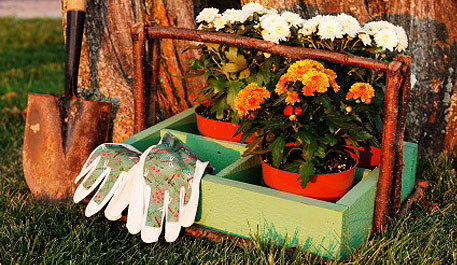|
The unseasonably cold and icy weather we’re experiencing here in Ontario is certainly not making it easy to think about planning our garden! Normally, April showers do in fact bring May flowers and with it, warmer weather and softer soil to plant and transplant our gardens. A challenge for any gardener, whether seasoned or brand new, is planning a garden to show off a succession of blooms right from early spring through to late fall. In today’s post, Sunflower Gardens will reveal our top plant picks for keeping your perennial garden in blooming colour for the entire growing season. Keep in mind, that these plants would be suited to normal conditions for a zone 4 plot with moderate rainfall, good loamy soil and at least 6 hours of sunshine per day.
Have fun with this handy list the next time you go to the garden centre! Happy shopping and planting!
0 Comments
Although officially spring, winter is still very present here in Southern Ontario. Looking out our windows we’re seeing bare branches, slightly yellowed evergreen leaves, towering coniferous trees with some cones still clinging to weather-beaten branches and in some cases, flattened browned lawns covered in thin layers of ice and snow. However, we can use this time to take stock of our views. Look out your front window. What do you see? Look out your kitchen window. What do you see? These are the views that make up half of our year. Without the leaves, blooms and berries of summer and fall. We want these views to be equally beautiful in their own way. Perhaps we want them to frame pretty features, block eyesores or invite visitors from nature. We can achieve all of these things with the main building blocks of our gardens; namely, trees and shrubs. Trees and shrubs create a framework for the rest of our garden throughout the other seasons, offer winter interest and habitats for wildlife. Without these, our gardens and properties would be lacking. Here are a list of our favourites over here at Sunflower Gardens. Spring is the perfect time to plant in order for the roots to be fully established by next winter. 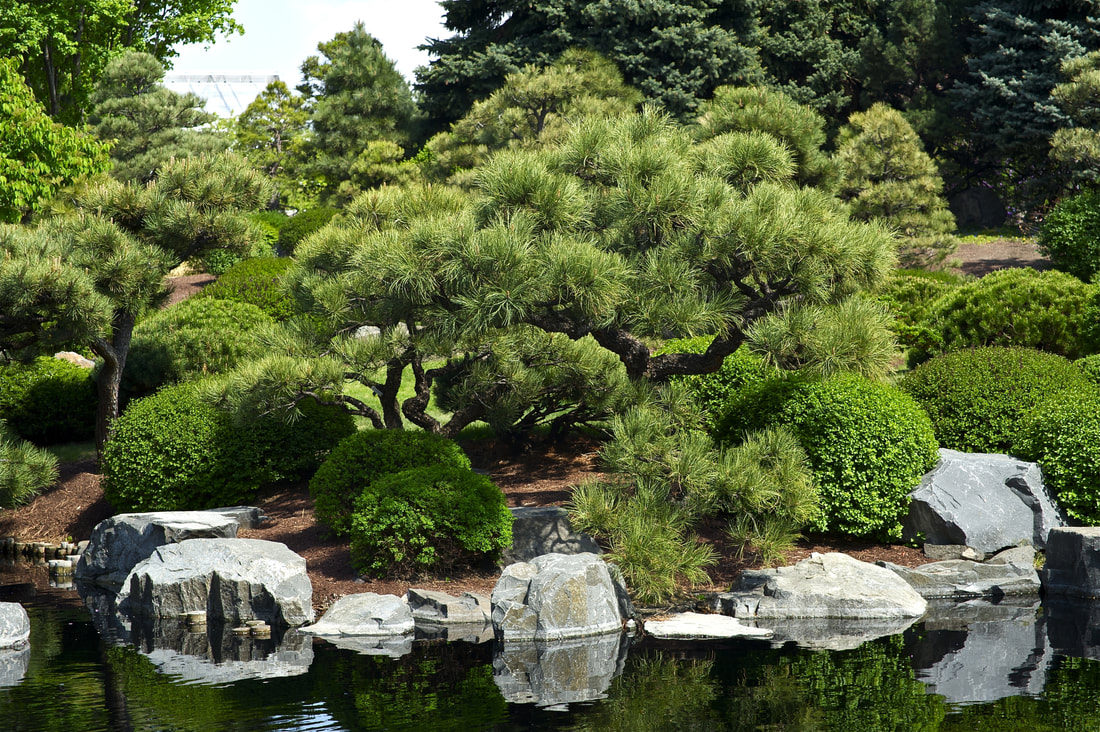 Pine (Pinus sp.) The vast varieties of Pines that can be grown in our region can serve any requirement. Evergreen conifers - Pines can be the tiniest of bonsai plants to the tallest of trees. They add a sculptural quality to the garden and lend themselves well to Japanese style gardens, picturesque northern climate gardens and sandy rock gardens alike. 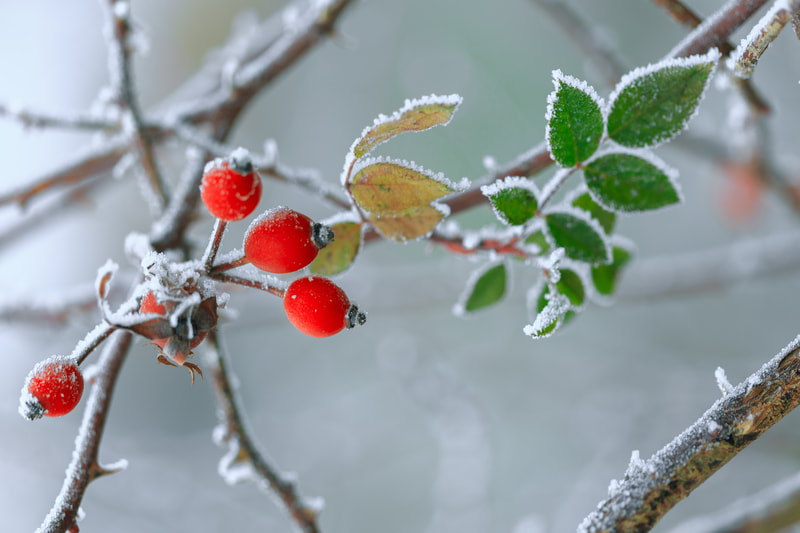 Shrub Rose (Rosa sp.) - Shrub roses are actually quite hardy. They will often re-bloom right up until a heavy frost (depending on variety) and will charm us with their roaming form and colourful rosehips through the winter months. However, you’ll have to try and harvest some of your own rosehips for tea before the birds get to them all! By early March, we are all undoubtedly dreaming of spring and sunshine. Some of us may have been able to escape winter for a week or two of beach solace, while others buckled down, cozied in and enjoyed some serious Hygge. Either way, we all want to be out in our yards once again, feeling the sun, listening to the birds and smelling the roses. Here at Sunflower Gardens, we like to take inspiration from gardening magazines, blogs, websites and gorgeous coffee table books. This is the perfect opportunity to start planning any changes you may want to see within your own gardens or perhaps laying the foundation for a brand new garden installation. Maybe you have a favourite, famous garden design style such as Piet Oudolf’s airy, mass plantings or Gertrude Jekyll’s artistic, pastel pallets. Or perhaps you have a certain style that you gravitate towards such as English cottage garden or Japanese formal gardens. Either way, there is a garden style to complement your lifestyle, home and own personal tastes. Here are some questions to ponder when planning your next garden. Grab your favourite notebook, peruse a book, magazine or blog and jot down your answers:
We would love to help you see through your vision to completion and to tackle any maintenance that arises. Creating beautiful, soul nourishing gardens means the world to us.
In this TED Talk, Marla Spivak talks about the importance of bees in our lives and explains why in the last 7 years there has been large die-offs in bee colonies. These losses affects us more than many can see. Click below to view the video.
Sunflower Gardens is featured in the Toronto Botanical Garden’s 28th annual Through the Garden Gate and it's happening this weekend. This is one of Canada’s largest private garden tours. Dates and times are June 13 & 14, 2015 from 11-4. 19 residential gardens in Lawrence Park are participating and opening their gates for public viewing. For more details, visit Toronto Botanical Garden's website.
We've been taught throughout the years that gardening is good for our health. It's a peaceful activity that brings you calmness and at one with nature, all while providing good exercise for all ages and stages of life. New studies have found more reason to get your hands dirty. A certain strain of bacterium in the soil thas been found to trigger the release of seratonin, which elevates mood and decreases anxiety. Researchers think it might also be key in treating certain well known diseases like cancer. Read more about this interesting discovery by clicking below.
Long considered a waste of time and money, new studies have found that having office plants makes workers up to 15% more productive. Perhaps it's time to start a "bring your plants to work" initiative. Read full story by clicking below.
We often think of storage sheds and guest areas as two very separate things. What if you could combine the two to maximize the use of a small space. Check out this great design that cleverly incorporates both.
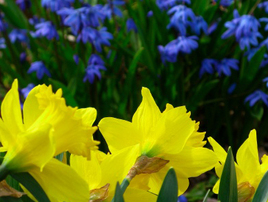 There are no textbook guidelines for maintaining the perfect garden. Like most things, no two spaces are exactly the same. Perhaps you are looking out from your window at your neighbor’s flourishing shrub while your shrub fails to thrive. Everything from drainage, to sun location, to soil properties can effect how your garden grows. The key is to understand your space and capitalize on the favorable features. In this blog, we will look at planting a garden in a shady space. When planting a planter, the rule of thumb is adding a spiller, a thriller and filler. You can easily adapt the same principles when planning your shaded garden or focus on any one of these elements to suit your needs. It is that time of year again. The days are becoming a little shorter, the evenings are becoming a little cooler, and there are splashes of red and orange tipping the leaves. Fall is just around the corner. This is when minds typically drift away from our yards to the inevitable end of summer and the chaos of back to school. However, don’t neglect this important change of season and the effect it can have on your garden or seasons to come.
Flourishing in the Fall The hues of the upcoming season are what make fall in Ontario spectacular. Our landscape is transformed with the crimson, gold and auburn of the leaves. The trees need not be the only ways to add color as your summer garden matures. There are many options that will add color to your garden into the cooler months that you can either plant ahead to grow through the whole season, or add in the fall. Perennial Sedum is a nice way to add color and richness to your garden. Sedum grows in a nice full bush with star shaped clusters of flowers. Some varieties of Sedums can grow up to 3’ tall so they make a nice backdrop or border to your garden. Black eyed Susans are resilient perennials that bloom in the summer but also into the fall. Fall plants like mums and asters can also be planted in your garden bed. You need not worry if you are just deciding that you want these fall blooms; they can be planted through August and September. Another addition to your fall garden space may be some low lying hen and chicks or sprawling hostas interspersed with the colors of the aster and mums. As you cull your garden of matured annuals, mulch can be spread between the remaining plants to give your garden a new look as well as protecting the soil and bulbs that will be the foundation of next spring’s garden. 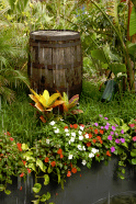 When we plant our garden, we can’t predict if we will have a wet rainy season or a hot drought. If it is wet weather or a naturally wet climate, use the rain to your benefit. Rain Barrels If you do experience a wet spring and summer, make the most of what nature gives you by collecting that rainfall. Rain barrels can be an economic and environmentally friendly solution to making the most out of the wet weather. Rain barrels allow you to use the rain water to water your garden. They also help keep lakes and streams cleaner by diverting water and not washing the debris, chemicals and pollutants from sidewalks and driveways into the storm drains. Aside from these environmental gains, you will see a reduction in water use if you are on city services. There is nothing better than sitting in your garden on a Sunday morning – sun shining, coffee in hand and the birds singing you a cheery song. If you listen a little closer, you may also hear them chirp a little thank you. They will be especially thankful if you have taken the time to create a thoughtful garden that benefits you, the environment, and the fauna around you.
If you love sharing your garden with birds, bees, and butterflies you may need to put a little more thought and planning to attract all of these fine guests. There are certain requirements that will provide yearlong food and shelter for them. We can try and deny it but the truth of the matter is, we are living in an age that is continuously "plugged in" - cell phones on every hip, Internet at the ready, and tablets for every member of the family. This is becoming the norm. We spend hours upon hours at a desk staring at a computer screen, only to come home and "unwind" in front of the computer. This is leading to the inevitable attention and health fatigue. But don't worry, there is a cure and it as close as your own yard. Studies have shown a correlation between increased green space and decreased anxiety, mood and health disorders. Perhaps your next prescription should include a shovel and a watering can!
What do you picture when someone says the word fence? Perhaps you envision white picket fences or maybe the high lattice edge fences in suburban communities. The word fence simply means to mark a border, control access, or to avert escape. Now think of all the artistic and unconventional possibilities of how you could present a “fence”.
Curve Appeal Commonly, fences are measured and erected in a straight line with adjoining precise corners. Given the space and overall design idea of your yard, why not add some interesting curves to your fence? Perhaps you have a majestic tree on your property line. Imagine the fence gently scooping around the tree giving way to an interesting shaded seating area. You could follow the natural curves of your existing garden to add an interesting fence to the space. A curved fence not only provides the border and control access to an area, but also can become a showpiece in and of itself. |

